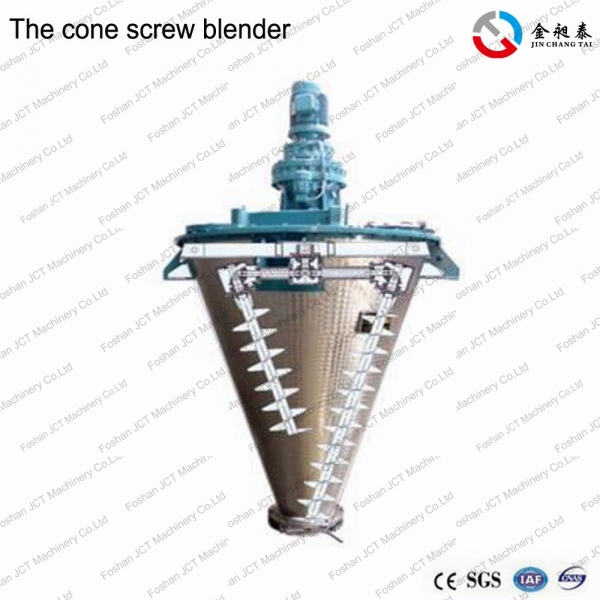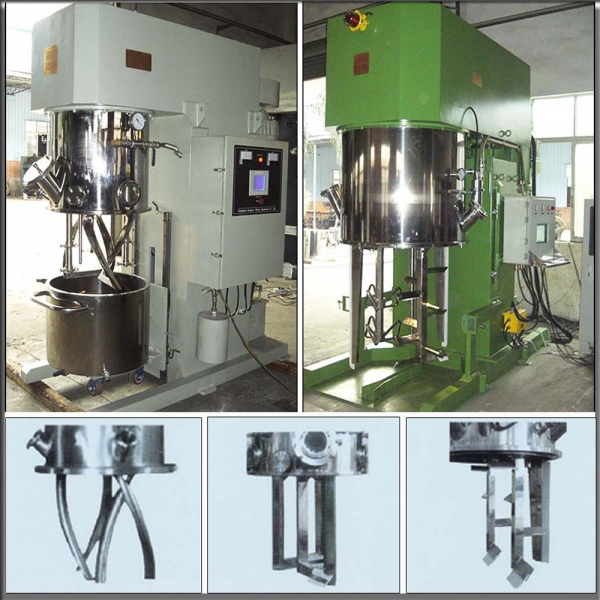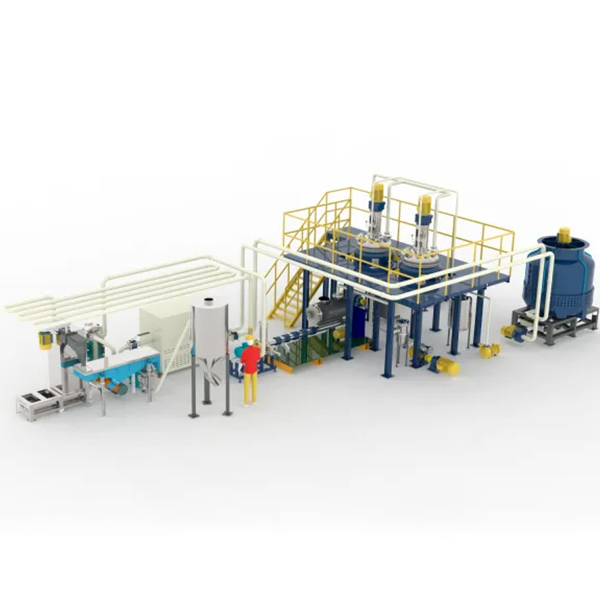Several Factors Leading To Sticking Of Stainless Steel Reactor Wall | JCT Machinery
 Dec 17,2024
Dec 17,2024

 JCT
JCT
The most feared thing when using a stainless steel reactor is wall sticking. Once wall sticking occurs when using reactor, it will seriously affect the operation of reactor. Therefore, it is required that everyone must operate the stainless steel reactor correctly when using it to avoid wall sticking. However, there are some process factors that cause wall sticking that are difficult to avoid. There are usually four process factors that cause stainless steel reactor wall sticking:
-
Raw Material Factors
Because the sulfate content in urea is too high, when urea is added in the later stage of the resin polycondensation reaction, it is equivalent to adding a curing agent, which prompts the resin to quickly cross-link into a mesh structure. If it is not handled in time, the resin will be solidified in the reactor. Therefore, standard industrial urea raw materials should be used in production to limit the sulfate content in urea to less than 0.01%.
-
Balance of Operation
When the temperature, pressure and other glue making process indicators are unstable or fluctuate too much, the resin polycondensation reaction progresses unevenly, which is easy to cause wall sticking. Therefore, in production operations, pressurization and temperature should be slowly increased. Generally, about 0.15MPa of water vapor is introduced and maintained for 2 to 3 minutes before slowly increasing pressure and temperature. The lifting speed should be 0.1-0.15MPa per minute.
-
Kettle Wall Temperature Difference
The cooling medium temperature is too low or suddenly cooled, so that the temperature difference between the kettle wall and the material is too large, causing the glue liquid that contacts the stainless steel reactor wall to stick to the wall. Therefore, both heating and cooling should be carried out within a reasonable temperature difference range. At the same time, attention should be paid to determining the appropriate inlet and outlet temperatures of the cooling medium to maintain balanced operation.
-
Reaction Temperature and Time
When the reaction liquid temperature is lower than 80℃, if ammonium chloride is used as a catalyst, the pH value cannot be displayed due to the fast reaction speed of ammonium chloride. After the temperature rises, the pH value drops rapidly, the reaction speed accelerates, and the polycondensation reaction is too intense, causing gelation and sticking to the wall. In addition, is the polycondensation reaction time is too long, the molecular weight of the resin is large, and the viscosity is too high, it is easy to stick to the wall.




















 CN
CN
 HOME
HOME Polyester Resin Reactor | JCT Machinery
Polyester Resin Reactor | JCT Machinery  You May Also Like
You May Also Like






 Tel
Tel
 Email
Email
 Address
Address










